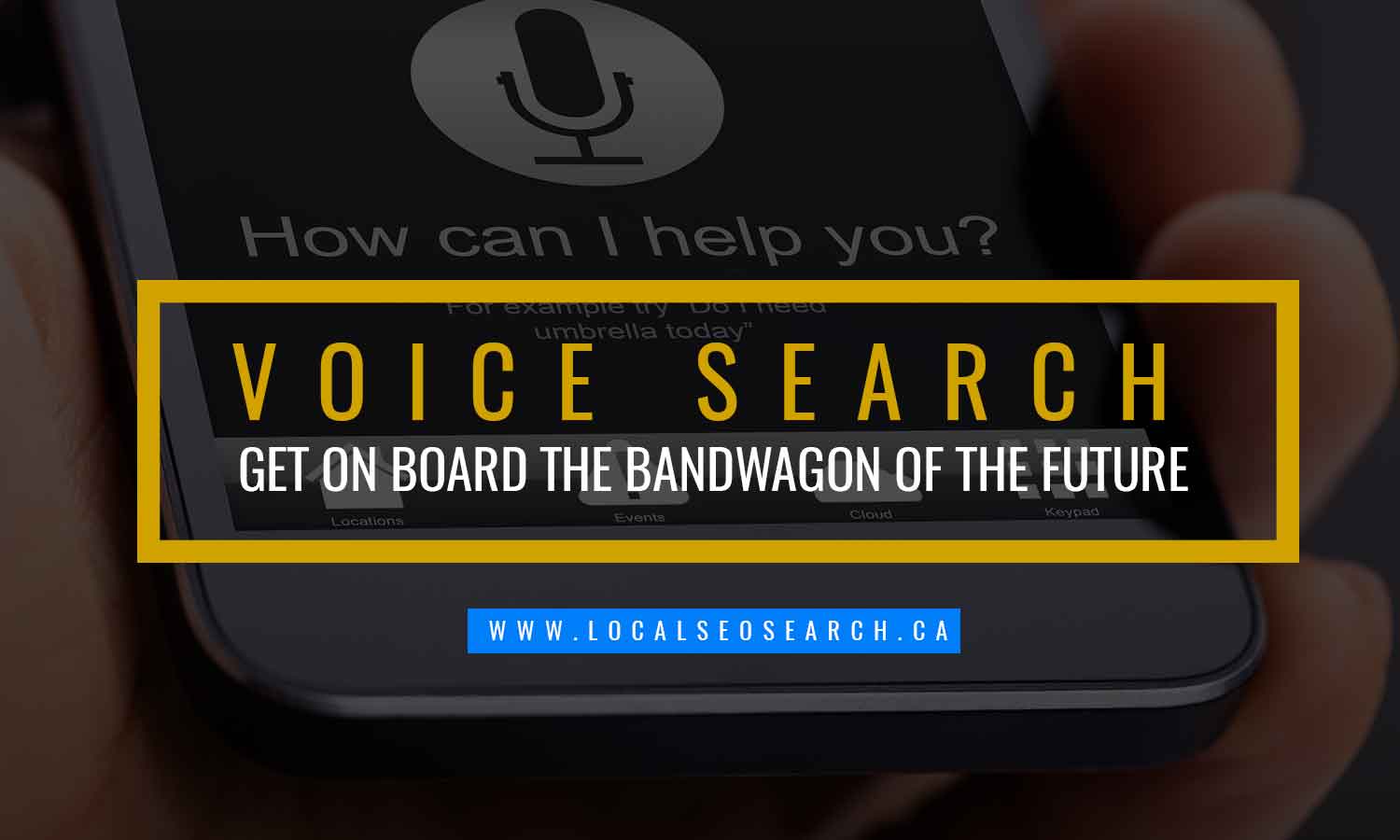0/5
(0 Reviews)


You know you have an awesome business idea and you’re ready for the rest of the world to share your vision. The only catch? They can’t find you online. Research shows that websites ranking on the first page of Google capture between 71% and 92% of all web traffic. Are you using SEO strategies to beat the competition?
If not, it’s time to rethink your Search Engine Optimization (SEO) strategies. Even the best online business ideas can fail to launch if SEO isn’t kept top of mind. Here, we share six ways to transform your approach and watch your ranking skyrocket.
Ready to learn more? Let’s dive in.
It’s a noble idea: If we work hard enough to create a great product or service, business will generate itself, regardless of whether we’re on the first page of Google or the last.
Yet, in today’s digitally-driven world, staying up-to-date with online trends is critical to getting your company the visibility it deserves. Following a framework can be challenging. However, when the algorithms that Google uses to define success change daily, it can be even more time-consuming.
This is why under-the-table hacks and shady, “black hat” SEO tactics never work. To build your credibility, grow your business, and keep your page at the top, you must prioritize organic SEO.
Put simply, organic SEO is a digital marketing campaign and drives traffic to your website because of solid, proven steps you’ve taken to obtain your place on search engine results pages (SERPs). Let’s take a look at six ways you can generate this kind of buzz for your best business ideas.

When you consider SEO, you may think primarily of your website’s written content. In many ways, this association is correct. Yet, while keywords and links are cornerstones of your strategy, you shouldn’t stop there.
In short, Google won’t reward you simply for being smart with your language. You’ll also need to deliver a high-quality user experience that helps set your site apart from the pack.
Start by improving your loading speed. Why? Google uses it to help rank your site and determine its value. If web visitors are clicking your link only to find a site that looks spammy and takes minutes to fully load, chances are they’ll quickly click off it.
As they do so, your bounce rate increases, which raises a red flag and is a strike against your credibility. Conversely, if visitors are spending a long time on your pages, Google rewards this useful content by bumping you up in the SERPs.
A few ways you can lower your bounce rate and speed up your site include:
You can also seek to improve load times by decreasing your site’s HTTP requests and removing any unused scripts or files.

Gartner reveals that by 2020, more than 30% of online searches will be performed without a screen. Voice-first searching is here to stay and future-focused brands, and for Fortune 500 companies to entrepreneurs with small business ideas, it’s time for tomorrow’s leaders to get on board.
Whether your target audience members find your site via Amazon Alexa, Google Home, or another voice assistant, one thing is clear: Simply translating your website’s text verbatim into the spoken word is a recipe for SEO disaster.
Instead, you’ll need to take into consideration the different ways that spoken requests differ from typed ones. Let’s take a look at the main differences:
On a smart device, users are on-the-go and as brief as possible. As such, they’ve learned to naturally abbreviate their requests to only the most important keywords for brevity’s sake. For instance, a person looking for the best dog breed for his family might type: “Best family dog.”
On the other hand, this same search might be spoken as “What’s the best dog breed for a family with small children?” The main takeaway? Spoken, voice-assisted requests are usually formatted as a traditional question, whereas typed ones are more descriptive or factual. How can a marketer respond to this shift? The answer lies in long-tail keywords.
Long-tail keywords are around three words or more in length. By incorporating these into your content and your greater SEO strategy, you can better target voice searchers. Start by taking a few of your basic keywords and expanding upon them. In the case of the aforementioned dog breed example, you may write a post that centers on the long-tail keyword of “How to find a family dog.”
From there, you can identify two or three other long-term keywords that expand upon this topic such as “Tips for finding a family dog” or “Finding the perfect family dog.” Then, create a blog post that puts these keywords into context.

Some case studies point to the fact that long-form content tends to rank higher on Google. Others claim that readers tend to prefer focused and direct blog posts that get the point across in 500 words rather than 2,000.
The bottom line: There isn’t a one-size-fits-all length that guarantees readership and rankings. Some queries might be best-suited for shorter content while others might require a longer, more in-depth conversation.
Consider your target reader and the kind of information he or she is most likely to digest. Are the most commonly asked questions ones that can be answered in a few short paragraphs? If so, you may lose them if you drone on for three pages about the mechanics and technicalities of your product.
If you deem longer content appropriate in some cases, the good news is you don’t have to start all over from scratch. Start by expanding upon posts you’ve already written. Choose one that ranks well and add a few hundred words, taking it from 1,500 to 2,500, for instance. From there, you may build up the stamina to create a 2,000-worder from scratch.
Remember to keep these blogs devoid of fluff and filler, and resist the urge to fill them to the brim with industry jargon. These should be as readable as your shorter pieces to ensure that everyone sticks with your content to the end.

Do you know what the second largest search engine is considered to be? The answer might surprise you: YouTube.
You might be comfortable cranking out blog posts from behind your computer, and that’s OK. Yet, if you’re ready to embrace the future of SEO and improve your overall rankings, it’s time to embrace video platforms, and YouTube in particular. If you have no idea how to do this, talk to a digital marketing agency who can help.
In the meantime, try making a video showcasing your product in action. Or, leverage your knowledge and expertise to create a personal Q&A video with answers straight from the source. Once you’ve created one, it’s time to make sure Google loves it as much as you do…
As you format your video, be sure to:
Optimizing video requires taking into account the fact that Google can’t crawl this type of content in the same way it does with your blog posts. So, you’ll need to make sure the data around it is as descriptive and SEO-friendly as possible.

Research reveals that 82% of smartphone users access their devices to conduct searches for products or businesses “near me.”
Even if your business is entirely online at the moment, you may benefit from plugging into your community in the future. Or, you may be a hybrid online/brick-and-mortar shop using the web to further your local presence. If this is the case, it’s essential to make sure that your online business directory profiles are up to date. This way, people can find your business and contact you when they need your products or services.
Start by updating your Google My Business page. You can also take advantage of online local directory management services that help crawl the web for mentions of your business. From here, you can identify and correct any incorrect information.
From your business hours to your location, email address, forms of payment accepted and more, be sure to go through every detail and make changes where necessary.
If someone searches for the kind of business you have, then adds “near me” to the end, where will they end up? If they land on your home page alongside everyone else around the world, you’ll have a difficult time keeping them engaged. This is where local landing pages come in.
These are separate web pages designed to cater to your local audience. When you create this page, be sure to include the location in its meta description, heading tags, page title and more. This way, if you’re a jewelry repairman in Toronto, you can triangulate your traffic to your specific location page (Danforth, Annex, High Park, Queens Quay) when they search for “jewelry repair in Toronto.”
The result? Organic traffic driven to your site by people who are already in need of the service you provide.

You know the old show business adage that any exposure is good exposure? That doesn’t work in the world of SEO. Yes, backlinks are a top component of a successful SEO strategy. That said, you shouldn’t accept them from just anywhere. Literally linking your business to a website that’s low-quality, spammy, or malicious can result in an immediate “ding” (i.e. penalty) from Google.
A few ways to get high-quality backlinks include those earned through:
While it might seem counterintuitive, you should also avoid curating a backlink portfolio that is chock-full of highest-possible authority backlinks. While some websites can do this legitimately, it can also be a sign of foul play, and Google may take steps to investigate.
To avoid that heightened level of scrutiny, keep your backlinks as diverse as possible without veering into questionable territory. For instance, you might earn some from blog posts, whereas others might come from product descriptions, online forums, directories and more.
As you earn these mentions, you’ll help establish yourself as a natural voice of authority rather than someone who uses shady practices to boost SERP rankings.
Today, it’s easier than ever before to take online business ideas from a daydream into reality. Thanks to the proliferation of the Internet of Things (IoT) into almost every corner of our lives, we have the ability to reach a global audience in a matter of seconds.
What will you do with that power?
If you’re ready to climb to the top of the SERPs with a powerful SEO strategy, digital marketing experts are here to help. Work one-on-one to create an SEO roadmap that’s custom-fitted to your long-term needs. From strengthening your local SEO presence to optimizing your site for mobile search and creating a robust website design, an Internet marketing team can do it all.
If your website could use a facelift and your ranking could use improvement, check here. Get the attention you deserve, the right way.
